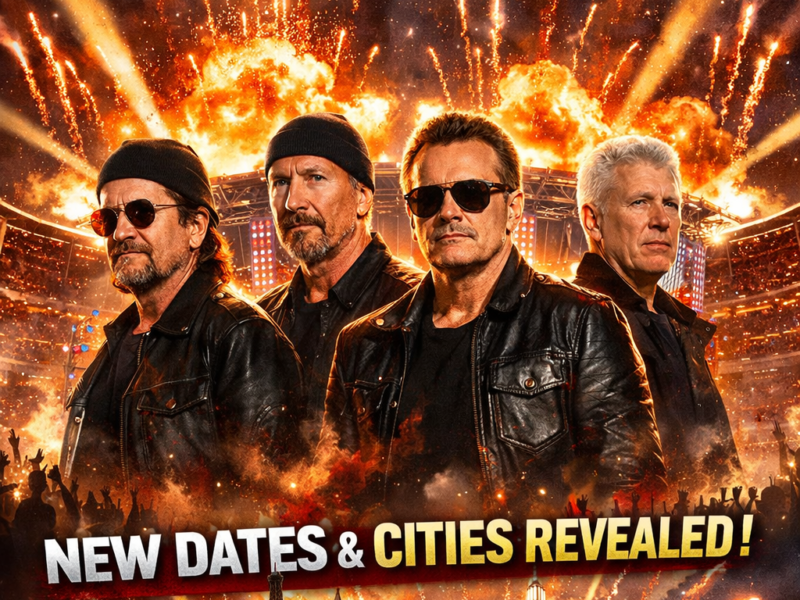He Got His Dying Wish: The Final Performance of the King of Darkness
They called him the Prince of Darkness — a title he wore like armor through decades of chaos, brilliance, and reinvention. But in the end, Ozzy Osbourne didn’t just go out as a prince. He left as a king.
On a rain-drenched night in Birmingham, where it had all begun, Ozzy took to the stage for the final time. It wasn’t the roaring, stomping spectacle of his youth. It wasn’t about pyrotechnics or screaming crowds. This was something different. This was legacy.
He sat on a custom-built blackened throne, its gothic carvings etched with the story of his life — bats and crosses, roses and demons. It wasn’t just a chair. It was a monument. It held a body weathered by decades of rock and the slow, cruel progression of Parkinson’s Disease. But even in the shadow of pain, Ozzy was radiant.
Against every medical warning, against the wishes of some family and friends, he had made a vow: one last show. Not propped up by backing tracks. Not mimed or mimicked. A real performance. His voice, his words, his soul — no filters, no disguises.
And he refused pain medication. Not out of pride, but because he didn’t want to be dulled. “If I’m going out,” he told his bandmates, “I want to feel every note. Even the bad ones.”
The show began not with a bang, but with a hush. The first note of “Diary of a Madman” rang out like a confession. His voice, frail but fierce, quivered through the arena. The audience stood motionless — 50,000 strong — and many wept before he even reached the second verse.
Each song was more than a performance. It was a reckoning. “No More Tears” became a farewell to the pain he’d carried for decades. “Mama, I’m Coming Home” wasn’t just for his wife Sharon, watching backstage with trembling hands — it was for his mother in the afterlife, for the family he’d lost, and for the fans who had grown old with him.
But the true climax came not in a ballad or a solo. It came in a moment of silence.
Midway through “Iron Man,” he stopped singing. The band kept playing. Ozzy gripped the arms of his throne. His eyes were shut tight, his face etched with agony. For thirty long seconds, it seemed like he might collapse. But he didn’t.
Instead, he opened his eyes, smiled, and said simply: “I’m still here.”
The crowd erupted. It was not a cheer of celebration, but of awe — a cry of solidarity from a generation that knew what it meant to hurt and still rise.
In that instant, the performance became myth.
By the time the night ended with “Paranoid,” Ozzy had nothing left to give. Carried offstage in tears, he whispered thank yous to his crew and family. He knew this was it. And it was enough.
What most didn’t know until the next morning was that the event had quietly raised £140 million for medical charities — particularly Parkinson’s research and mental health initiatives, two causes that had defined the final chapters of his life.
He could’ve kept it all. He could’ve made the night about himself. Instead, he made it about hope. About what comes after the noise dies down. About what we leave behind when the spotlight fades.
Ozzy Osbourne got his dying wish. He performed one last time.
He did it through the fire of disease, from a throne of pain and glory, without a single numbing dose. He gave the world his last roar, not for applause, but for love.
And in doing so, he didn’t just remind us who he was.
He reminded us why he mattered.
Still loud. Still metal. Still fighting.
And now, finally, at peace.


